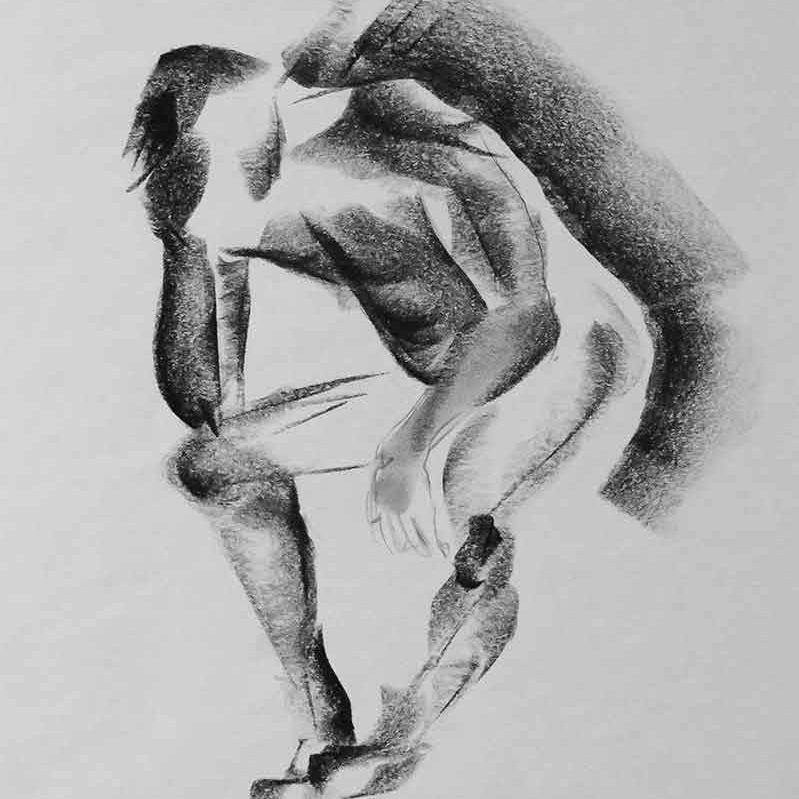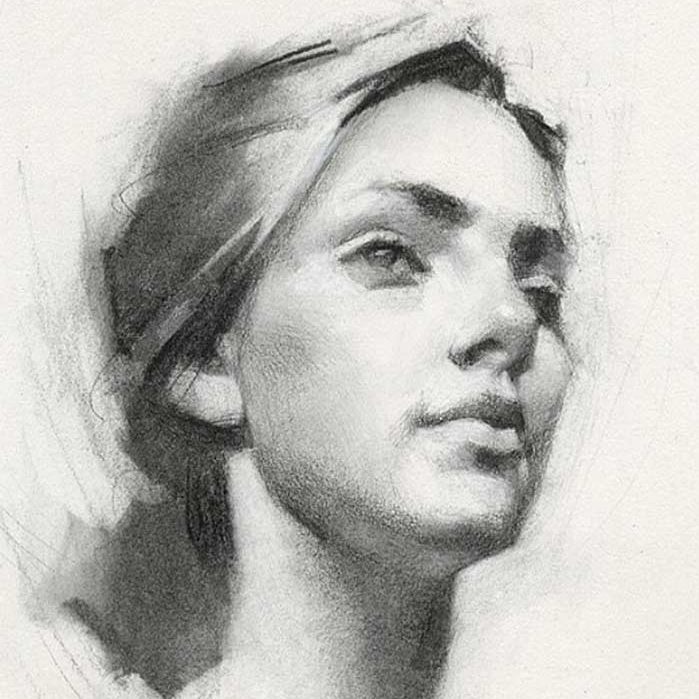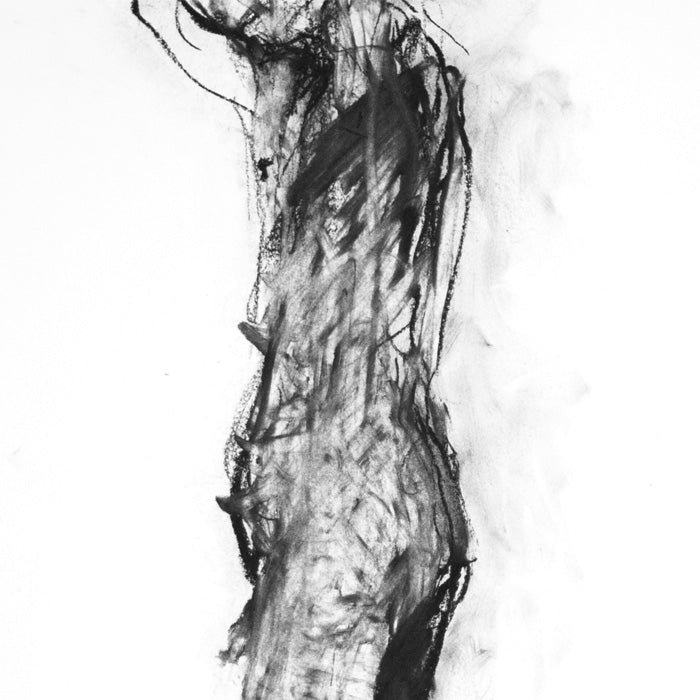Figure drawing is an invaluable skill for artists, and charcoal has emerged as a beloved medium for capturing the human form’s beauty and complexity. Whether you’re a seasoned artist looking to refine your skills or a beginner eager to explore figure drawing charcoal, understanding the basics of using charcoal can dramatically enhance your ability to depict the human figure. This article will delve into the key elements of figure drawing with charcoal, covering techniques, tools, and tips that will elevate your practice and improve your overall artistic expression.
Understanding Charcoal as a Medium
The Appeal of Charcoal
Charcoal has been a favorite among artists for centuries, and for good reason. Its rich texture and versatility allow for expressive lines, deep shadows, and subtle variations in tone. Unlike other drawing mediums, charcoal can communicate a significant range of emotions and depth in your work. From the softest greys to the darkest blacks, charcoal offers an array of values that can bring volume and life to your figures. This potential makes it an excellent choice for capturing the nuances of human anatomy.
Types of Charcoal
Not all charcoals are created equal. The two primary forms you’ll encounter are vine charcoal and compressed charcoal. Vine charcoal is made from charred twigs, resulting in a softer, more delicate drawing that can be easily erased or smudged. This type is perfect for initial sketches or underdrawings. On the other hand, compressed charcoal typically comes in sticks or pencils and provides a rich, dark output that holds well on the paper. Understanding these differences helps you select the right type for each stage of your figure drawing process.

Essential Tools for Charcoal Drawing
Choosing the Right Paper
The paper you select can have a significant impact on your drawing experience. For charcoal work, opt for textured papers that can grip the charcoal better and allow layering and blending. Popular choices include charcoal paper and pastel paper. These often feature a “toothy” surface that helps hold the charcoal, ensuring your lines and shading maintain their intensity. Smooth papers can be slippery and may not hold the charcoal effectively, leading to frustration during your drawing process.
Additional Drawing Tools
While charcoal is the primary medium, a few additional tools can enhance your figure drawing experience. Blending stumps are excellent for smoothing out lines and creating soft transitions between shadows and highlights. Kneaded erasers are another essential; they allow you to both erase parts of your drawing gently and lift charcoal to create highlights. Additionally, having a variety of charcoal pencils in different hardness levels will provide you with the flexibility to execute both fine details and broad strokes effectively.
Techniques for Figure Drawing with Charcoal
Gesture Drawing
Gesture drawing forms the foundation of figure drawing. This technique involves capturing the essence and movement of the subject quickly. Spend short intervals, usually between 30 seconds and 5 minutes, sketching the model in dynamic poses. Focus on the flow of the body and the relationship between different parts, rather than specific details. This practice helps develop quick observational skills and boosts your confidence, setting the stage for more refined work later.
Contour Drawing
Once you feel comfortable with gesture drawings, you can explore contour drawing. This technique emphasizes the outlines and shapes of the body, helping you develop accuracy and proportion. Use continuous lines to follow the contours, keeping your eyes on the model rather than the paper as much as possible. This approach ensures that you capture the full essence of the figure without getting distracted by individual details too early in the process. Charcoal’s capacity for bold lines makes it particularly effective for this technique.

Building Depth with Shading Techniques
Value and Contrast
Shading is crucial in figure drawing as it adds depth and dimension to your work. Understanding value—the lightness or darkness of a color—is fundamental. Start by observing the light source and how it interacts with the figure. Identify where highlights and shadows fall, and apply a range of tones in your drawing. Using compressed charcoal can help create dark shades, while lighter areas can be achieved with vine charcoal or erasers. This varied application creates a striking contrast that brings your figure to life.
Techniques for Blending
Blending is another vital technique in charcoal drawing. While layering can create rich textures, effective blending will help smooth transitions between light and dark areas. By using blending stumps or your fingers, you can soften edges and create a more realistic appearance. Don’t shy away from experimenting; varying your pressure while blending can yield different effects. Just remember to keep your blending tools clean to avoid muddying your tones.
Learning Anatomy for Better Figures
The Importance of Anatomy Knowledge
Understanding the human anatomy is essential for creating convincing figure drawings. Familiarize yourself with the major muscle groups and skeletal structure. Knowing where muscles connect and how they move significantly enhances your ability to capture the figure accurately. This knowledge helps you depict not just the physical appearance but also the dynamics and movement of the body.
Resources for Learning Anatomy
Consider using anatomy books or online resources dedicated to figure drawing. Many artists provide studies and diagrams highlighting the human form’s intricacies. Additionally, studying reference images and human anatomy models can offer invaluable insights. Real-life figure drawing sessions, where you draw from live models, are also an excellent way to reinforce your understanding and appreciation of the human form in motion.

Practicing with Different Subjects
Working from Life vs. Photographs
When practicing figure drawing, you can choose between working from life or using photographs as references. Drawing from life offers a unique experience—seeing the subject in three dimensions allows you to understand depth and movement intimately. You’ll also gain a sense of how light and shadow play across the figure dynamically. However, working from photographs can be beneficial for studying specific poses or details without the time constraints of a live model session.
Embracing Variety in Poses
Don’t limit yourself to a singular style or type of pose. Practicing with various subjects—from dynamic athletic poses to serene seated figures—will diversify your skills. Experimenting with lengthened gestures or foreshortened perspectives can challenge your understanding and improve your adaptability. Each pose offers different lessons, helping you gain confidence in your ability to capture the human figure’s complexity.
Reflecting on Progress and Setting Goals
Track Your Growth
As you engage in figure drawing with charcoal, it’s essential to reflect on your progress. Maintain a sketchbook dedicated to this practice, documenting your drawings and thoughts after each session. This not only helps you see how far you’ve come but allows you to identify areas where you need improvement. Look for recurring issues, such as proportions or shading techniques, and incorporate focused practice into future sessions.
Setting Realistic Goals
Setting achievable goals will keep you motivated and focused on your growth as an artist. Start by defining short-term goals, such as mastering certain poses or improving your shading techniques. As you achieve these, consider long-term aspirations, such as participating in an art exhibition or developing a cohesive portfolio of figure drawings. Goals will help guide your practice and give you a sense of purpose as you work to enhance your skills.
Conclusion
Exploring figure drawing charcoal offers a rewarding journey into the world of art. By mastering the basics, embracing the medium’s unique qualities, and engaging with foundational techniques, you’ll unlock the potential to create extraordinary works. Charcoal’s expressive nature allows for creativity while respecting the complexities of the human form. So grab your materials, continue practicing, and enjoy the process of developing your artistic voice through figure drawing charcoal. With dedication and practice, you’ll discover that each stroke brings you closer to achieving your artistic goals!